[Weekender] Waiting on the North: Unified Korean dictionary project's long journey
S. Korean language experts on joint board carry on even in the absence of response from the North
By Park Ga-youngPublished : Oct. 7, 2023 - 16:01
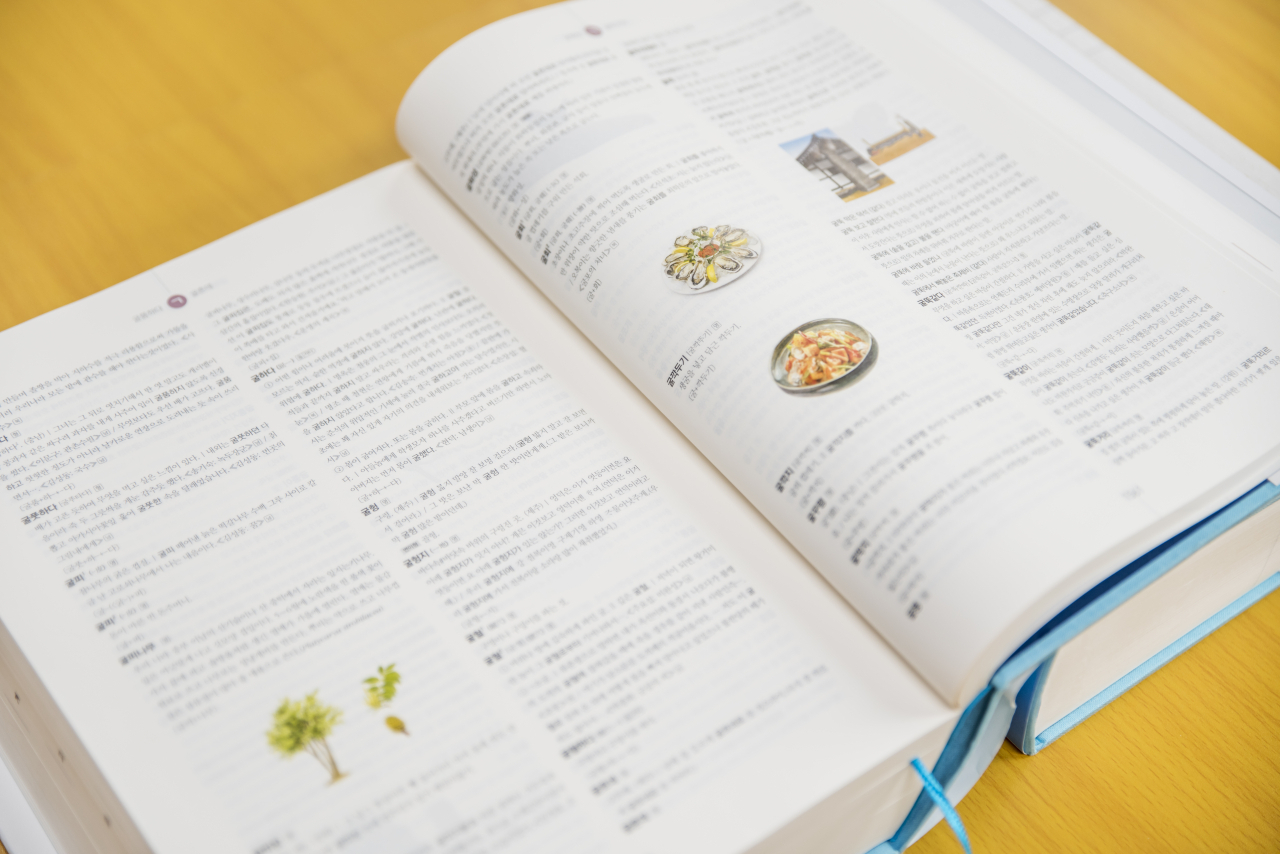
How long does it take to create a dictionary? The first comprehensive German dictionary, compiled by the Brothers Grimm in 1838, took more than 120 years to complete.
In 1911, during the Japanese occupation of the Korean Peninsula, the quest to create the first-ever Korean dictionary began. The dictionary was published in 1947, two years after Korea's liberation in 1945.
Another quest to create an extensive and comprehensive Korean dictionary called "Gyeoremal-Keunsajeon” has been underway since 2005.
The objective of the "Gyeoremal-Keunsajeon” is to establish a linguistic foundation for the Korean language, benefiting not only the two Koreas -- whose linguistic divide continues to deepen -- but also Koreans living outside the country.
An idea to create a unified dictionary for the two Koreas emerged in 1989 when the late South Korean pastor, theologian, poet and activist Moon Ik-hwan suggested it while meeting with the late North Korean leader Kim Il-sung during Moon’s visit to Pyongyang.
In 2004, a joint board was formed that would create such a dictionary by no later than 2011.
“Once we are unified, the dictionary would play a conducive role, reducing confusion in communications between the South and North Korean people, which is indirectly experienced through some 34,000 North Korean defectors here,” Min Hyun-sik, the chairman of the Joint Board of South and North Korea for the Compilation of Gyeoremal-Keunsajeon, told The Korea Herald on Wednesday.
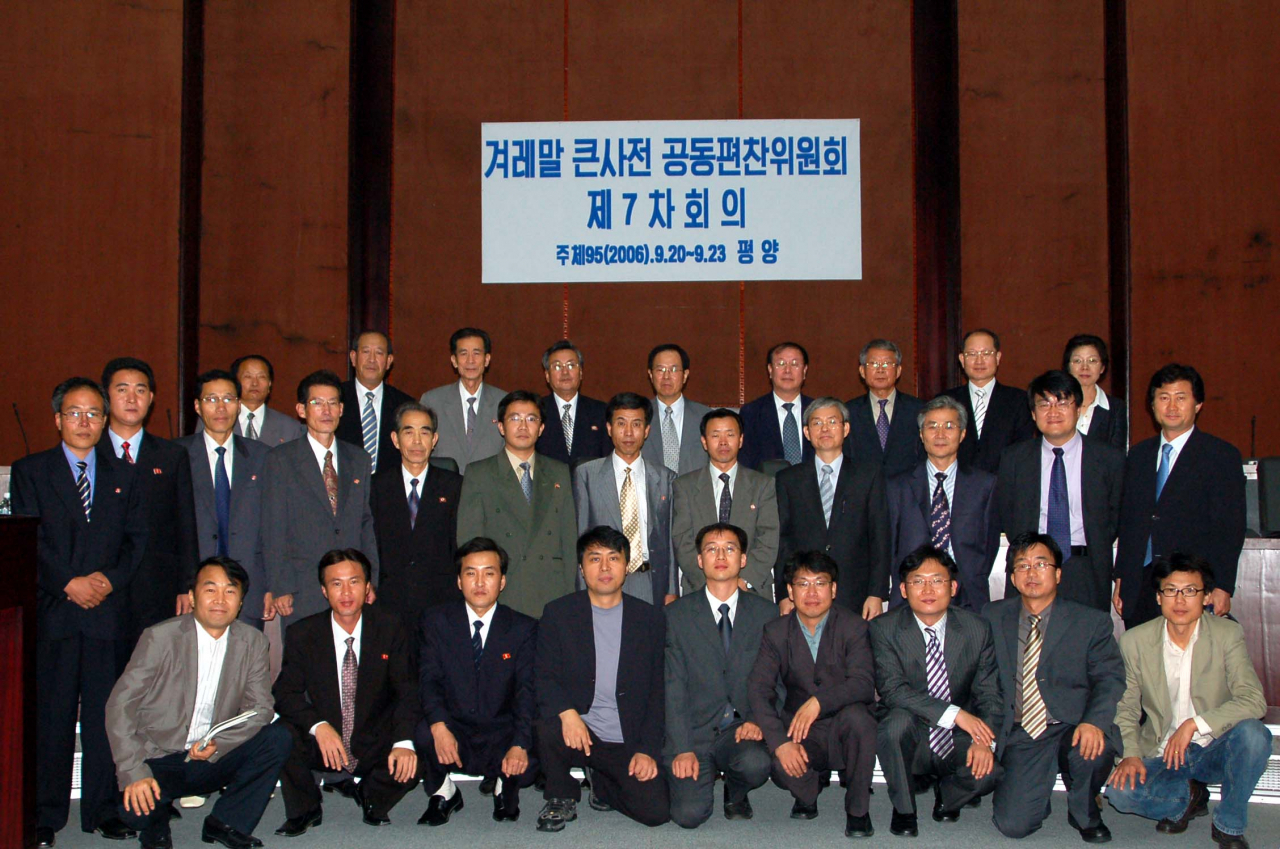
The board met 25 times from 2005 to 2015 in Seoul, Pyongyang, Kaesong, Mount Kumkang and the Chinese cities of Beijing, Shenyang and Dalian.
For the first five years, from 2005 to 2009, Korean language experts from both sides gathered once every quarter. They typically spent seven to eight days together, deciding on which words should be included and how. By the end of the first five years, it was decided that the proposed dictionary would cover 307,000 Korean words.
But in 2010, North Korea sank a South Korean Navy corvette, killing 46 sailors. In response, the Lee Myung-bak administration in South Korea introduced the "May 24 measures" which imposed sanctions on the North, and exchanges between the two Koreas ground to a halt.
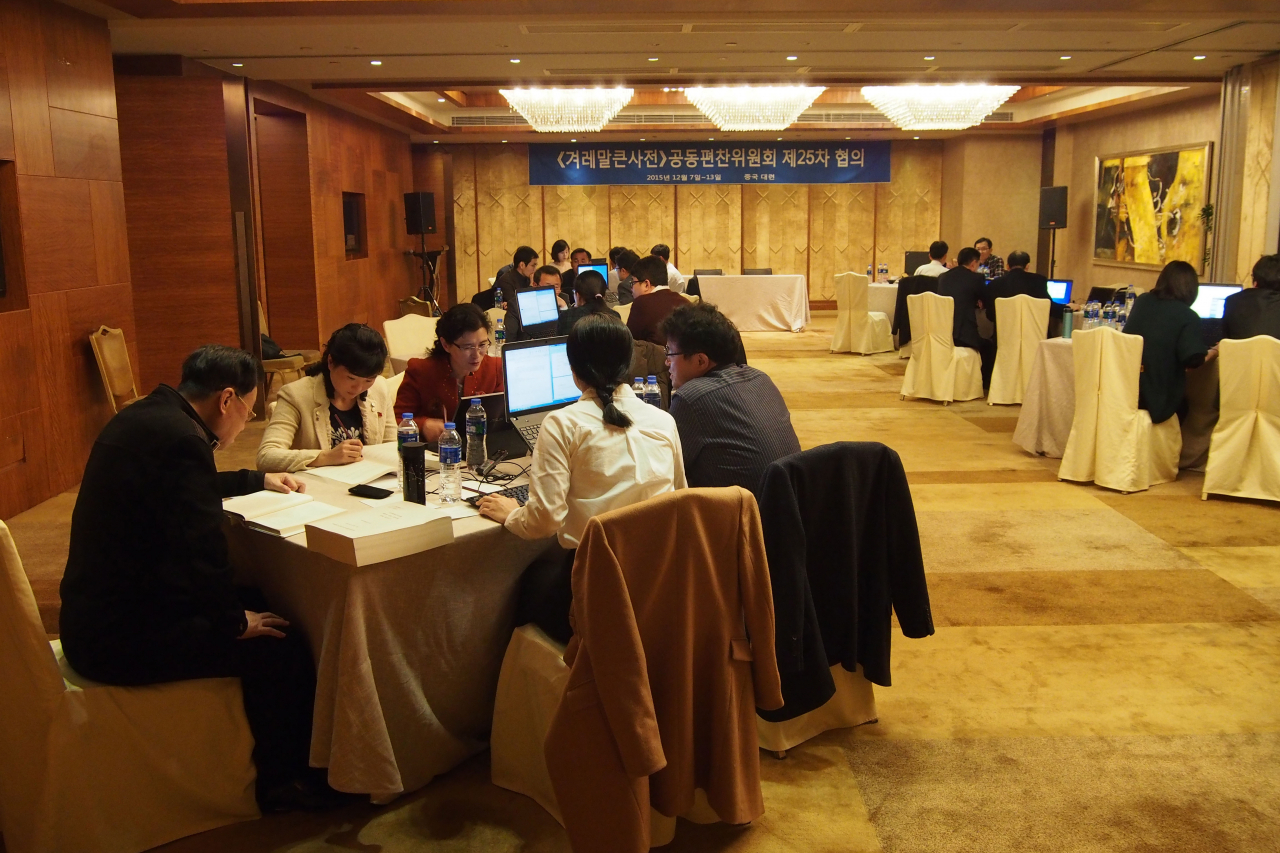
From 2010 to 2013, not a single board meeting took place. The meetings resumed in 2014, and five more meetings took place until the 25th and final meeting was held in December 2015 in Dalian, China. By then, they had agreed on the definition and pronunciation of 128,000 out of 307,000 words.
In the early part of the pause, there was optimism, particularly when the Moon Jae-in administration assumed office pledging to improve relations with the North, and the leaders of South and North Korea, along with the US, held meetings.
However, the second summit between North Korean leader Kim Jong-un and the US President Donald Trump in Hanoi, Vietnam, in February 2019 ended without an agreement, and North Korea began to withdraw from engagement as the year progressed.
The state of limbo in inter-Korean relations that followed has lasted longer than anyone at the board had expected.
'One-sided love'
Since the last meeting in 2015, the project has been a one-sided labor of love by South Korean experts on the board, without contact with their North Korean counterparts.
Sending out a fax through an intermediary was a monthly routine for Yun Seok-jung, the manager of the board’s planning and public relations department, for several years until this February. Even without a reply from the North, he would send a fax, sharing the progress on the South's side and suggesting a meeting. Yun said that he had to stop because of the stricter application of the law on inter-Korean exchanges and cooperation.
"It's like a one-sided love," Yun said.
What perplexes Yun and the two dozen members of the board is the prolonged uncertainty.
“Now is perhaps the most challenging time for us, just waiting in uncertainty, which is even worse than 2010,” Mo Sun-young, the board's secretary-general, told The Korea Herald.
Mo has been involved in the project since 2005. She pointed out that the Language Research Institute, which was under the Academy of Social Science of the Democratic People's Republic of Korea where all the North Korean language experts were based, has disappeared from the country's latest organizational chart provided by the Ministry of Unification.
The project is more vulnerable to various external factors such as the geopolitical situation and each administration’s view on the inter-Korean relationship than anything else, Mo explained.
The board still has about 180,000 words to discuss. However, time is running out -- partly due to political pressure as well as the nature of the board’s existence, which is based on a special law. The board has already been given three extensions, in 2013, 2018 and 2022.
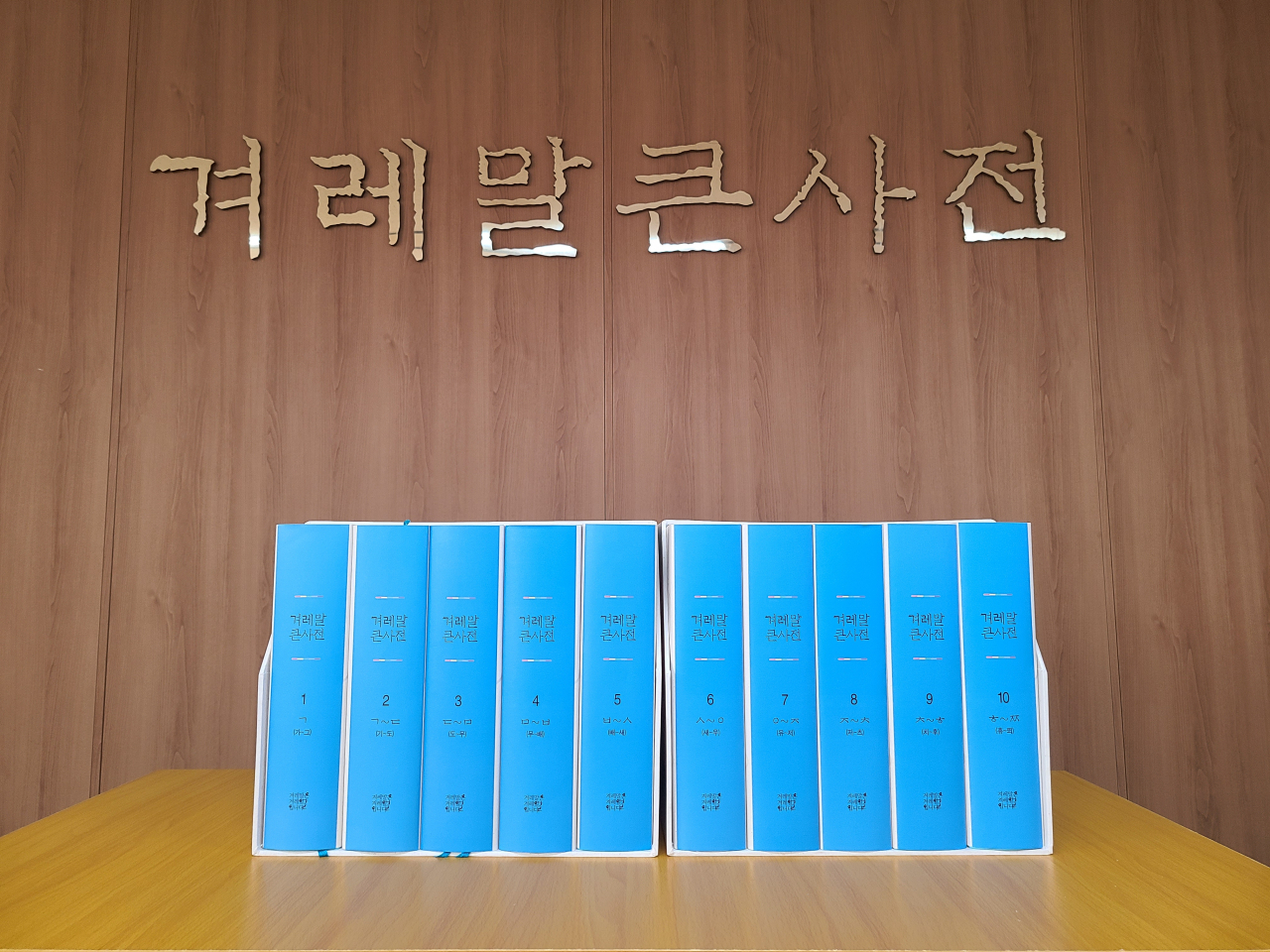
With the current deadline set for 2028, the South Korean team members have taken it upon themselves to create provisional version of "Gyeoremal-Keunsajeon" to present to their North Korean counterparts.
“We’ll have to meet several times to complete this project. To shorten that period and to not waste the time given to us, we have published a temporary version to present to our North Korean counterparts so that once we resume the meetings, we can finish after three conferences,” Mo said.
The dictionary project was launched with the aim of helping to narrow the gap among people when the two Koreas are unified. However, they are also thinking about less favorable scenarios.
In addition to the provisional version of "Gyeoremal-Keunsajeon," the board also published "Gyeoremal-jageunsajeon," meaning a small Korean dictionary, in June 2023. The board selected 3,053 words for a smaller edition to share the progress of the ongoing project with the public. They also plan to launch an electronic version of the dictionary without the input of their North Korean partners.
"We've gathered a group of advisers consisting of North Korean defectors. They cannot replace North Korea's linguists but they can provide valuable inputs for the project's remaining words," Min, the chairman, noted, adding "Even without the other hand to clap, we want to make this dictionary useful for people soon just like the creation of Hangeul did for the people."
Although "Gyeoremal-Keunsajeon" will likely find its most significant purpose in a unified Korea, the project has nevertheless created an important asset for the Korean language and culture.
"The dictionary serves as an invaluable record of linguistic and cultural heritage and diversity. That is beyond question," Mo, the board's secretary-general emphasized.
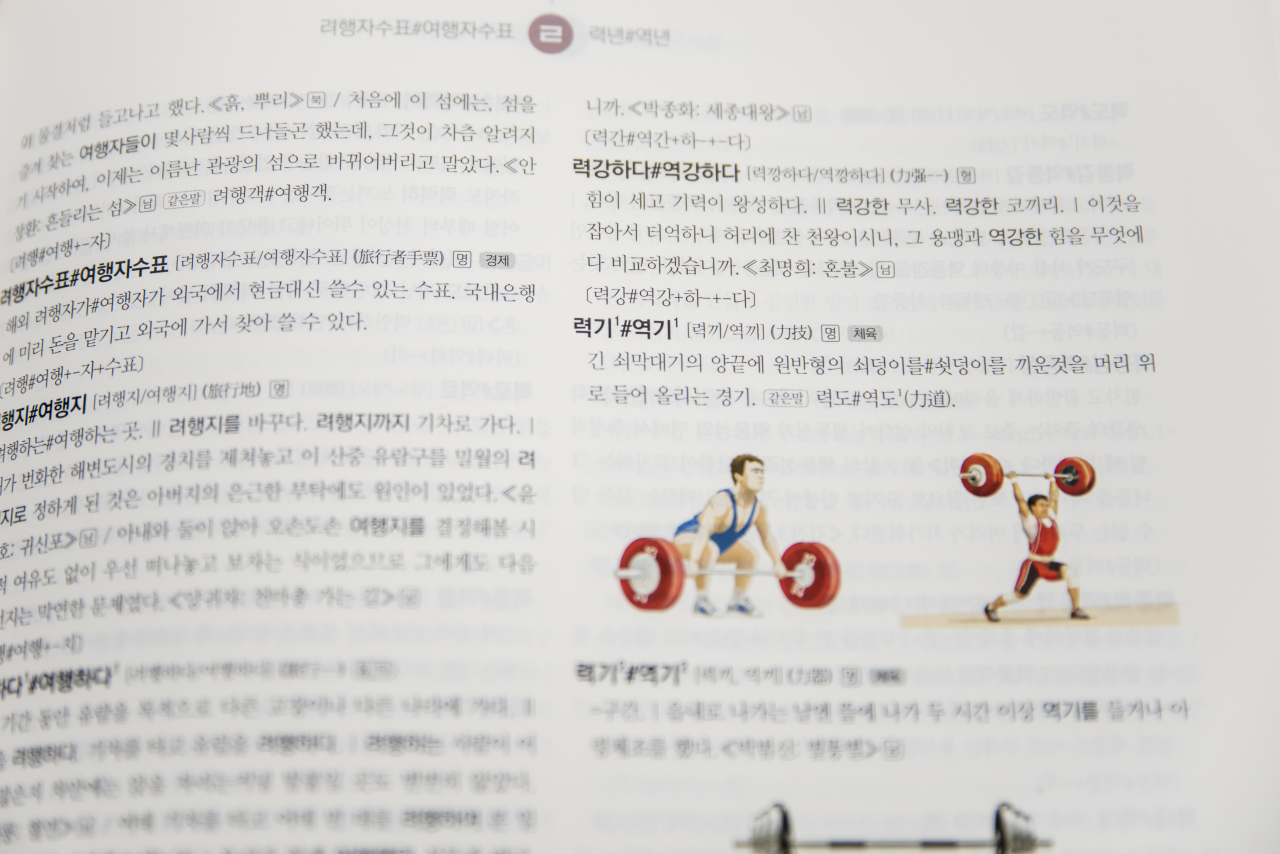



















![[Today’s K-pop] Treasure to publish magazine for debut anniversary](http://res.heraldm.com/phpwas/restmb_idxmake.php?idx=642&simg=/content/image/2024/07/26/20240726050551_0.jpg&u=)